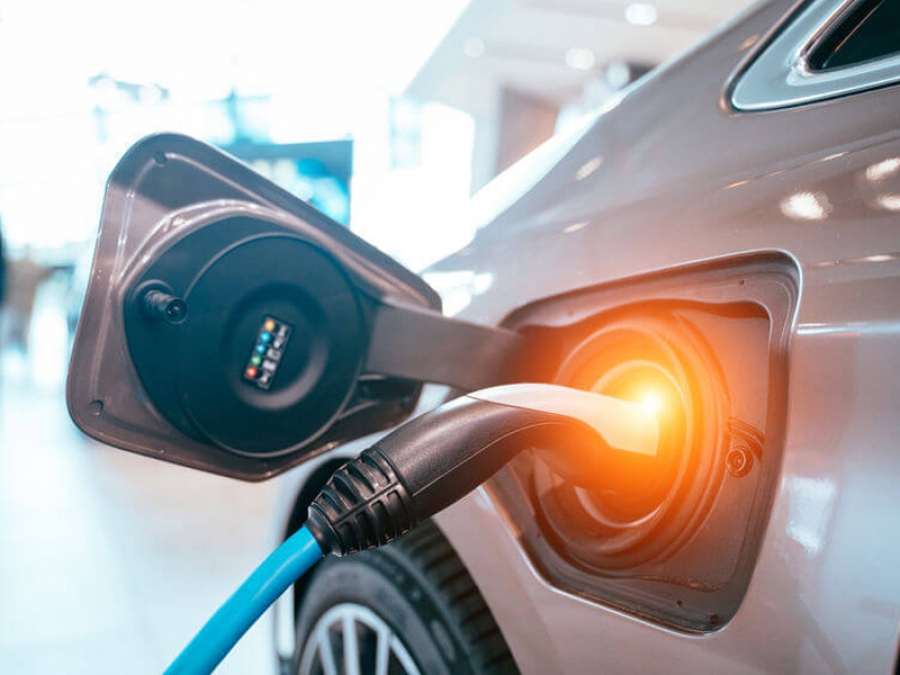Lubrication of moving parts plays an essential role in reducing friction and wear of vehicles, protecting against corrosion, preventing pollution and water ingress and leakage. 1400 BC, the Hittites lived in the ancient region of Anatolia (modern Turkey), from animals fat and limestone were used to lubricate the axles to minimize wear on their chariots. At present, according to Research Reports World, the global automotive grease market is expected to grow significantly by 2026. Have. However, the advent of electric vehicles has obscured the future of the grease market.
There are several alternative ways to power vehicles. Because various manufacturers adopt different strategies to perform this, lubricant manufacturers must respond to a variety of technical changes. Compared to internal combustion engines, which carry out a fixed function but the characteristics of electric vehicle engines are different.
According to Ashley Martini, a professor in the School of Mechanical Engineering at the University of California, Los Angeles (UCM), greases are too uniform and need to be additional flexible than modern environments and raw materials. Martini, who has spanned two decades studying mobile lubrication engineering, is researching the "lubrication performance of electric motor greases on the market and their improved specifications." This project is supported by the National Lubricating Grease Institute (NLGI) and examines the frictional and abrasive properties of commercial ISO 100 greases available at electric motor dealers. Lubrication engineers have issues like reducing noise, increasing efficiency, and the presence of electric current and magnetic fields in electricians. Heat transfer, sealing and compatibility of materials remain other crucial points.
According to Martini, a single product may not be enough to meet the new challenges posed by electric motor greases in the electric environment. Internal combustion engines control vibration, motion, and noise, but this is not the case with electric motors, which shows the importance of grease in reducing excess noise. Noise can affect the vehicle's navigation and safety sensors.
Greases on the market are distinct from noise-reducing lubricants. Martini explained that energy efficiency is directly related to the thickness of the lubricant film. The thinner layer of grease reduces the viscosity friction but retains more energy. However, at high temperatures, the grease layer may become too thin. Hence a thin layer creates its own challenges. Grease thin film will approach an area considered the boundary of this mixing, which is the primary concern about wear. Therefore, the main goal is to keep a balance and continuity between the complete film area and maintain the thinness necessary for maximum energy efficiency. Another crucial point is the need for low surface roughness because the thin film of lubricant can completely separate the surfaces and reduce wear. Daniel Sanchez Garrido, another member of the research project, introduced greases with viscosity grades similar to the International Organization for Standardization (ISO) that have different compositions, including polyurea or lithium fillers with mineral or synthetic base oils.
Although it is too early to comment definitively, Sanchez says preliminary results show that each grease has its performance in the simulated electric environment and different greases will pick in diverse experimental conditions.
According to Martini, some of the oils on the market are less affected by high temperatures and surface roughness, indicating their remarkable capability to maintain the full film lubrication in harsh operating conditions.
Another challenge for lubrication engineers is the raw materials used to make electric vehicle components. It is expected that using lighter hybrid bearings instead of steel bearings can reduce the problems associated with unwanted electrical currents.
However, UCM researchers noticed different frictional and abrasion behaviors by conducting experiments replacing ceramic-type metal bearings with standard protocols. But the only concern of grease manufacturers is not meeting the environmental needs and new electrical primary materials. Grease market insecurities, including instability in the supply of raw materials, are another problem in the industry. According to a 2018 study by NLGI, the most popular greases have a lithium base and account for 72.26% of the market share.
Of course, research on new fillers and additives in the production of greases is ongoing and electrical technology is evolving, so lubrication industry users need to be flexible and adaptable to use new technologies in the form of emerging fillers and additives.




